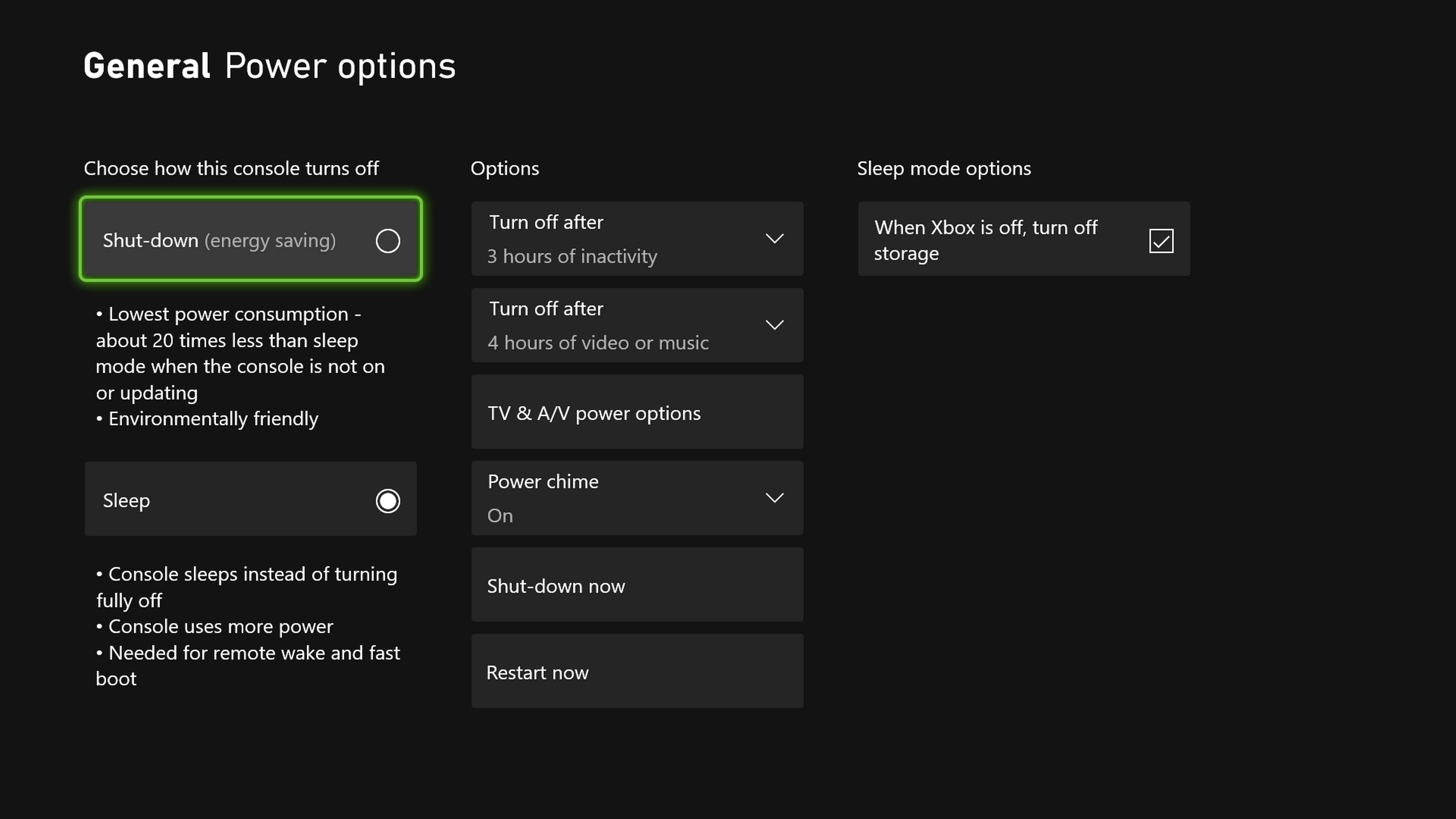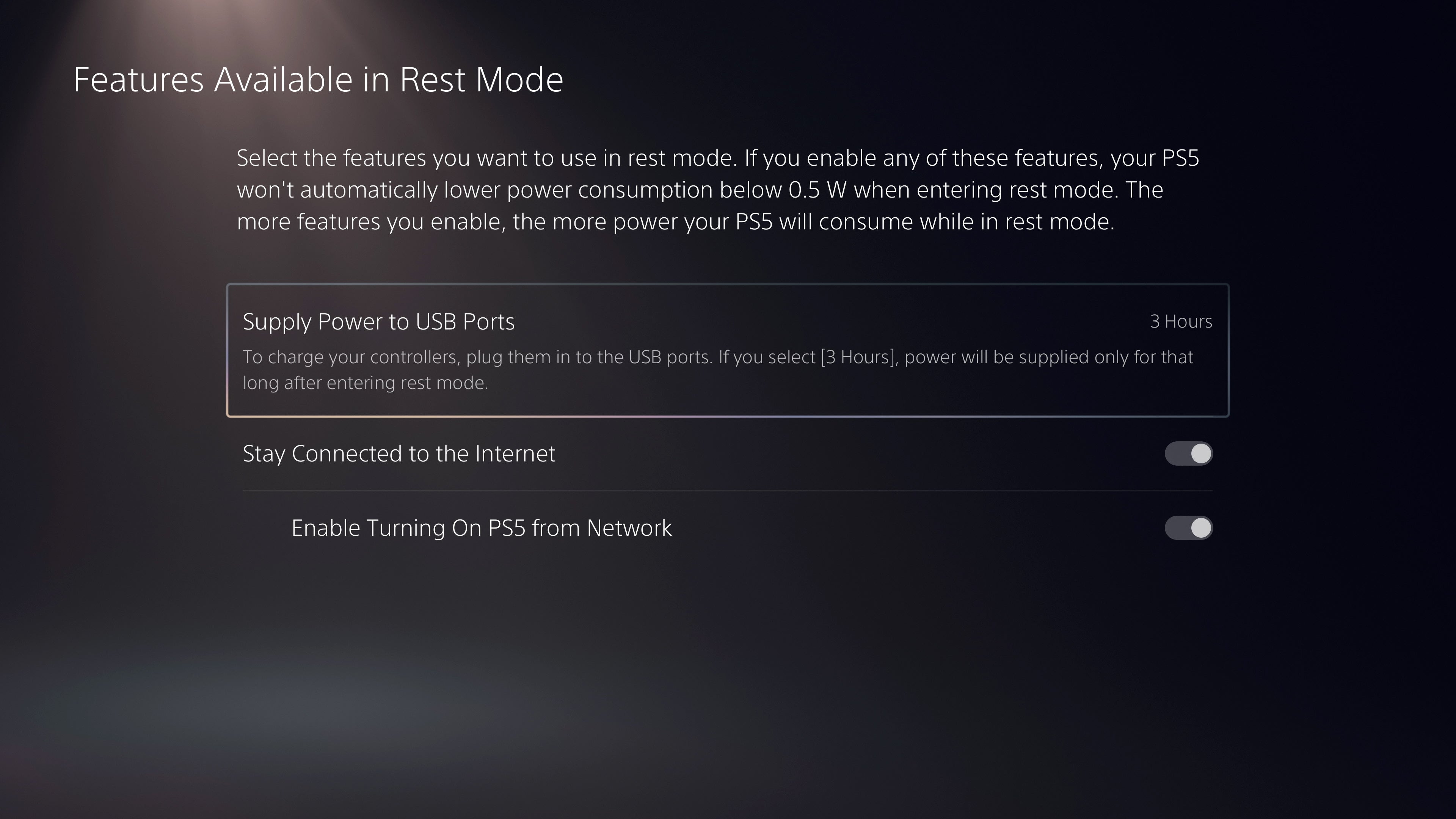We decided, then, to re-test all three Switch models to produce a supplementary table to the original one below. On it, you will notice a discrepancy with the original Switch figures in the “Rest mode” category. We originally told you the launch model Switch would pull 3.5W in Rest mode, and that would add up to £10.40 of electricity used a year, but that is not entirely correct. The complication comes from Switch being the only console that charges a battery. When it’s charging, it does pull 3.5W, but when it’s not, it pulls hardly anything: 0.2W the majority of the time. This reduces the annual pull to £0.59 - a trace amount. In addition to the new table, we also recorded a video where I talked to Digital Foundry’s Tom Morgan about the tests we ran and the results we recorded. I hope you find it useful. To find out, we collaborated with hardware experts Digital Foundry to run a series of tests to determine how much energy each console uses, per hour, doing a range of different things: in standby mode, idling on the menu, playing a game, and so on. Digital Foundry’s Tom Morgan then recorded the numbers in a table for this article. There are a few things worth noting about the numbers. The electricity price we used to calculate costs is 34 pence per kilowatt hour (kWh), because that’s the current cap for a unit of electricity in the UK. We haven’t included gaming PCs in our roundup because there are too many variables involved when testing them, and we haven’t included TV or AVR equipment power use for similar reasons, though it’s absolutely worth considering them when at home. It’s also worth noting that the PlayStation 5 used in our tests is a launch model, but there have been two hardware revisions since then. And when the newest model was tested by the reputable Austin Evans, it was recorded as drawing 20-30W less while gaming, which is significant. There haven’t, as far as we’re aware, been any such revisions to Xbox Series S or X hardware. Here are the numbers, then, which we’ll discuss section by section below. Incidentally, were a device to draw 0.5W all year, it would cost you £1.49. The Xbox figures stand out, then, but it’s worth pointing out the Sleep mode pulling that power was Standby mode, which used to be called Instant-On. As of March this year, Xbox Series S and X offer two Sleep modes, the other one being “Energy saver”. Energy saver effectively turns the Xboxes off, putting them into their off power state, where they draw 0.2W. It then wakes the consoles up once a day to check for updates and then download them if necessary. Exactly when Xboxes wake up and do this was a detail we didn’t previously know - once every 24 hours and possibly during a maintenance window was the most specific detail Microsoft had given. I put this to Microsoft, looking for clarification, and I got it. “In energy saving mode, the console wakes up once a day during typical inactive hours (2-6 AM in the consoles local time), to check for system and game and app updates,” a Microsoft spokesperson told me. It’s an important detail because energy prices can be cheaper - depending on your tariff - during those off-peak times. By spending the bulk of their time off, Xboxes will draw up to 20 times less power in this mode than in Standby mode, but it will also take up to 45 seconds to turn your Xbox on when you do want to use it [edit: this has been significantly reduced. We tested it this afternoon and recorded boot-up times of 15 seconds. Thank you all of the people who pointed this out below]. Energy saver is the Sleep mode Microsoft wants you to use on Xbox Series S/X, and it’s the default mode those Xboxes are now set to. There are options for Rest mode on PS5, too. You can choose how long to - or whether to - supply power through the USB ports, and whether to connect to the Internet. We tested Rest mode with these options turned on. Remember that your machine will only be in a heightened state of rest while downloading, which means the faster your connection, the less time this will be. Both PS5 and Xbox have customisable off timers, which cover playing games, watching media or consoles left idling. However, they do use a chunk of energy, particularly on PS5, especially when you consider a Chromecast uses about 2W at peak load. Oh, and we’re not testing other streaming services because they’re a side note, and Netflix can happily represent them all. Overwatch 2’s power-draw varies depending on what you see in the game, hence the variable range in the figures. Overall, the Overwatch 2 results are fairly typical of a mid-range power-draw game. It’s also worth reminding you that gaming on desktop PCs uses significantly more power than consoles - sometimes double or more. We talked about PC power use in our environmental study published last year. As a gauge, Scan computers recently worked out that playing one of its high-end PCs for eight hours a week would cost £87 in electricity a year. There are some PC standby comparison figures in that article too, compared with PS5, and they’re higher but still negligible over the course of a year. And PCs benefit from not having built-in ‘I’m not really asleep’ rest modes. We hope this better informs you about what you’re spending this autumn, and beyond, on powering your gaming. If you have any questions, we’ll try to answer them in the comments below


